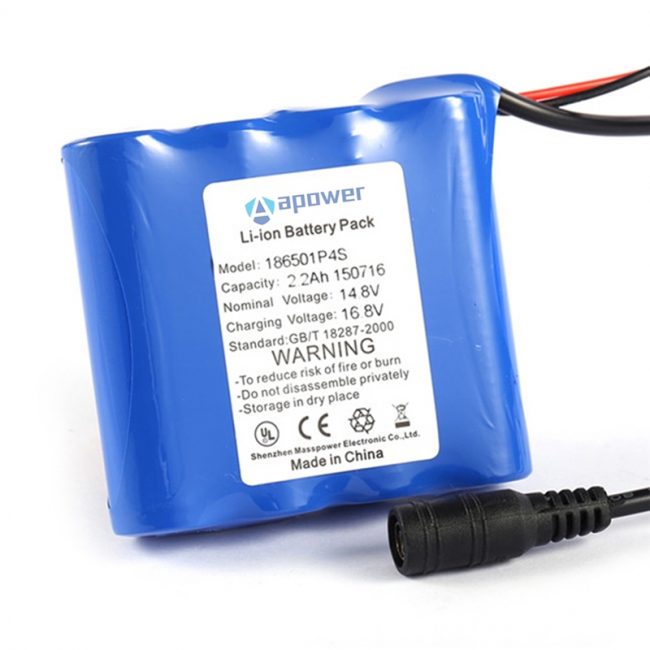In the field of lithium batteries, when people talk about battery, sometimes they say cell, sometimes they say module, sometimes say battery pack. So, what’s the difference between them?
The fact is, the battery is a general term, and the cell, module, and battery pack are different stages in the application of the battery.
In a battery pack, hundreds of individual cells are managed safely and efficiently, and the cells are not placed randomly in the casing of the power cell, but placed orderly by battery models.
The smallest unit is the cell, a group of cells can form a module, and several modules can form a package. Take 72V 45Ah E-scooter lithium battery pack for example, it is assembled by three 72V 15Ah model, which is combined with NCM pouch cells. While 72V 200Ah EV lithium Battery Pack is assembled with four 72V 50Ah models, which is combined with LFP pouch cell.

Battery Cell: The battery cell is the smallest unit of the power battery, and is also the energy storage unit. It must have a higher energy density to store as much energy as possible, so that the e-scooter and electric vehicle has a longer range. In addition, the life of the cell is also the most critical factor, any one of the cell damage, will lead to the whole battery pack damage. Battery cell is the basic and soul of whole battery pack.
Module: A module is formed when multiple cells are enclosed in the same housing frame and communicated with the outside through a uniform boundary.
Battery packs: The battery pack is the complete enclosure that delivers power to the electric vehicle. The pack usually contains battery cells and/or modules, software (BMS – battery management system) and often a cooling and heating system
when several modules are jointly controlled or managed by BMS and the thermal management system, this unified whole is called a battery pack.